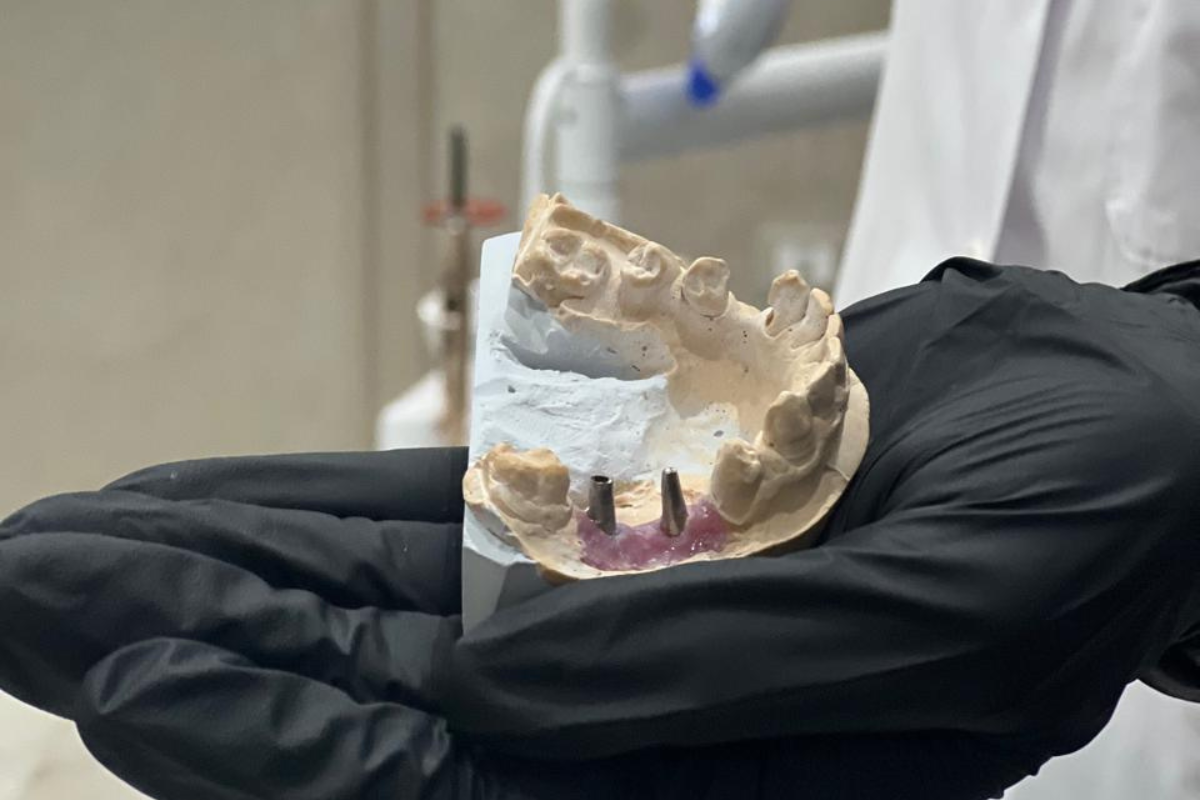Advantages of
Teeth Alignment
1. Improved Aesthetics: Orthodontic interventions, like braces or clear aligners, help align teeth, enhancing the overall appearance of the smile.
2. Enhanced Oral Health: Straight teeth are easier to clean, reducing the risk of cavities and gum disease. Proper alignment supports better oral hygiene practices.
3. Optimal Bite Function: Well-aligned teeth contribute to a proper bite, reducing the risk of issues like uneven wear, jaw pain, and temporomandibular joint (TMJ) disorders.
4. Speech Improvement: Correcting misalignments can positively impact speech, addressing issues like lisping or difficulty pronouncing certain sounds.
5. Boosted Self-Confidence: A straight and attractive smile often leads to increased self-esteem and confidence, positively influencing social and professional interactions.
6. Prevention of Dental Issues: Orthodontic treatment can prevent or mitigate future dental problems related to misaligned teeth, such as excessive wear, tooth decay, and gum issues.
7. Facilitates Proper Jaw Growth: Orthodontic interventions in childhood or adolescence can guide proper jaw development, preventing potential issues as the individual grows.
8. Addressing Malocclusions: Orthodontics correct various malocclusions, including overbites, underbites, and crossbites, ensuring proper alignment of the upper and lower teeth.
9. Reduced Risk of Trauma: Properly aligned teeth are less prone to trauma, as they are less likely to protrude or be in vulnerable positions during accidental impact.
10. Long-Term Oral Health: Investing in teeth alignment promotes long-term oral health, reducing the likelihood of future complications and the need for extensive dental interventions.





